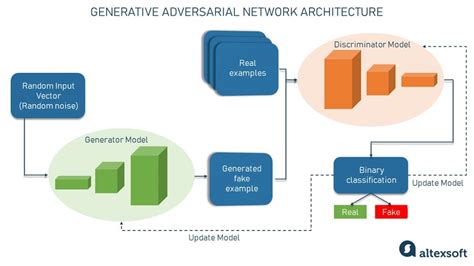Generative algorithms and their influence on non -fungible token design (NFT)
The digital art world has undergone a significant transformation in recent years, thanks to the ascent of blockchain technology and the emergency of not whistling tokens (NFT). One of the key factors that guide this growth is the use of generative algorithms in the NFT design. In this article, we will deepen the concept of generative algorithms, their influence on NFT design and the way they are changing the way artists and collectors interact with digital art.
What are generative algorithms?
Generative algorithms are a type of automatic learning algorithm capable of generating new unique digital data, such as images, audio or video files. These algorithms use complex mathematical equations to produce random outputs, often in response to inputs or specific stimuli. In the context of NFT design, generative algorithms allow artists to create unique digital resources in their kind with a level of uniqueness and diversity that is difficult to replicate using traditional methods.
Influenza on the NFT design
The use of generative algorithms in the NFT design has revolutionized the way artists and collectors interact with digital art. Here are some ways in which these algorithms have influenced the NFT design:
- Augmented diversity : generative algorithms allow artists to create a huge series of unique digital resources, each with its distinct characteristics and models.
- New art form : generating new original works, generative algorithms have opened a new kingdom for the artistic expression in digital domain.
3
Applications of generative algorithms in the NFT design
Generative algorithms have a wide range of applications in the NFT design, including:
- Generation of images : artists use generative algorithms to create original images, often with complex plots and motifs.
- Audio composition : musical producers use these algorithms to generate sound landscapes and unique melodies.
- Video Art : Generative algorithms are used to create immersive video experiences that can be interactive and dynamic.
Challenges and limitations

While generative algorithms have caused enormous innovation in the NFT design, there are also challenges and limitations to consider:
- Quality of data : The quality of the data entered in these algorithms can have a significant impact on the final output, with low quality inputs that lead to unwanted results.
- Adaptability : Generative algorithms can have difficulty adapting to new inputs or stimuli, with consequent repetitive or predictable results.
- Copyright and Property : Copyright and property questions when artists use generative algorithms to create NFT, since the source code and the underlying data may not be easily verifiable.
Conclusion
Generative algorithms have had a deep impact on the NFT design, offering new possibilities of artistic expression and interaction with digital art. While these technologies continue to evolve, we can expect to see even more innovative applications of generative algorithms in the world of NFT. Whether you are an artist, a collector or simply a fan of digital art, it is essential to understand the influence of generative algorithms on this rapid growth field.
Advice
- Explore several generative algorithms : tests various algorithms and techniques to obtain a deeper understanding of their skills and limitations.
- Stay updated with the news of the sector : follow the main developers, researchers and collectors in the NFT space to remain informed on the latest developments and trends.
3.
